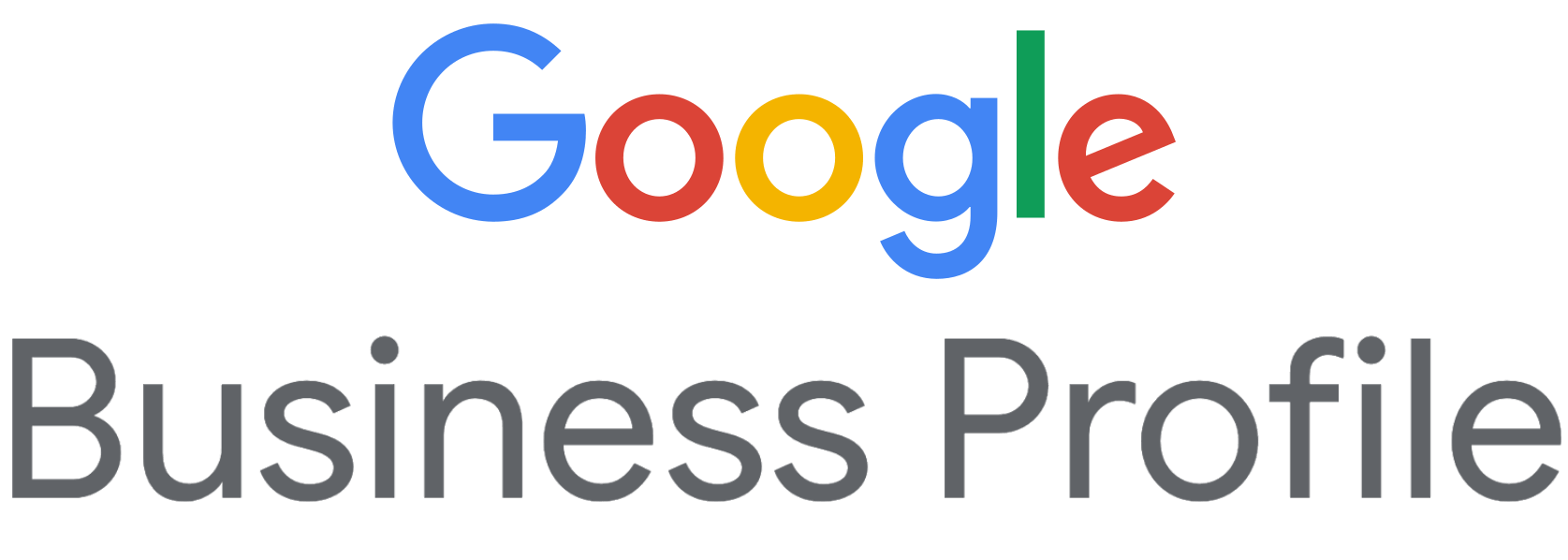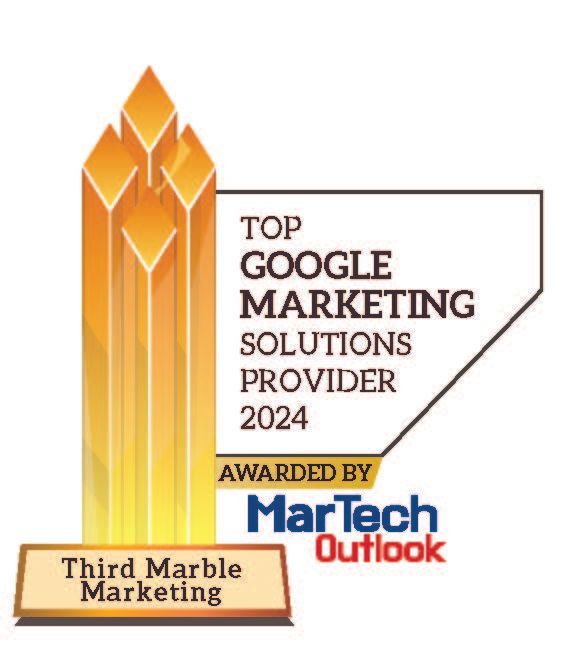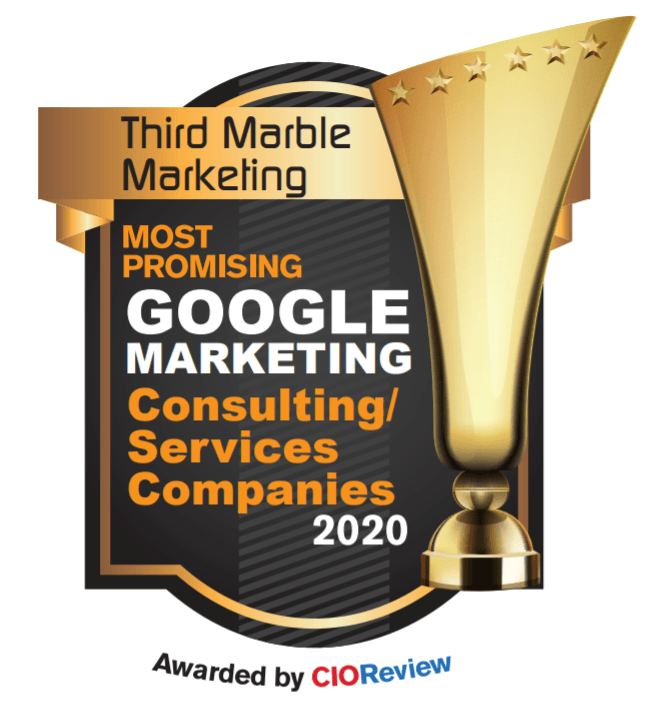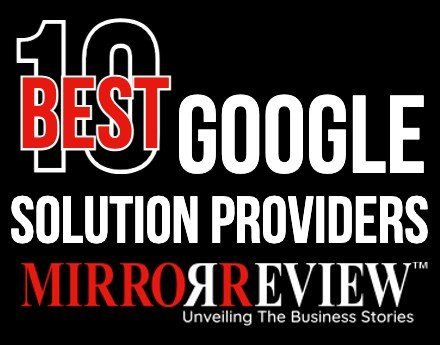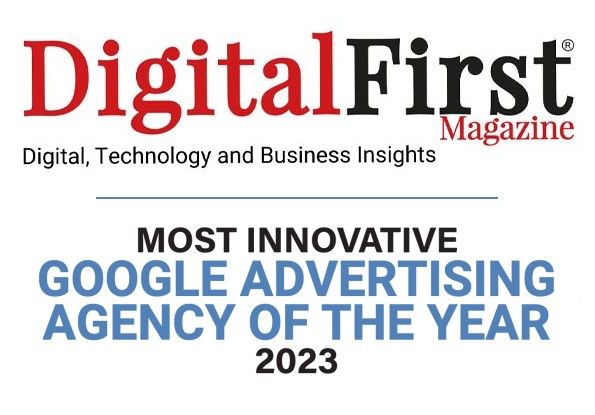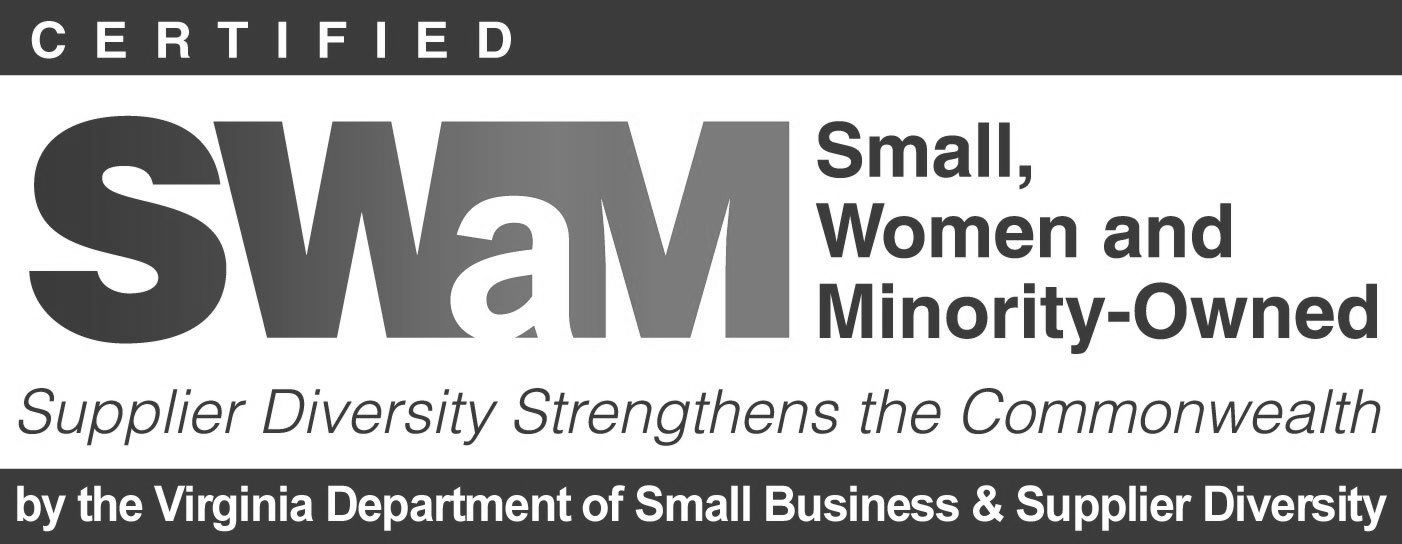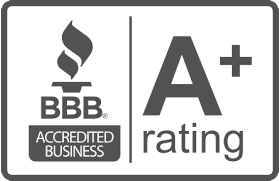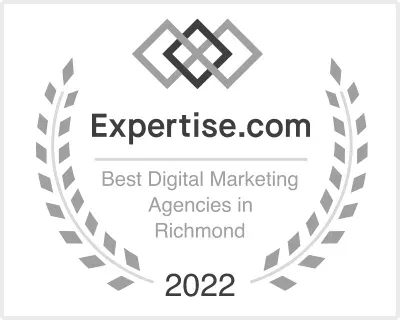By Alex Huibsch
•
April 2, 2025
In the digital age, brand voice consistency is key to building a strong, recognizable brand. Whether your business engages customers through social media, blog posts, or customer service interactions, maintaining a consistent tone and messaging across all platforms is crucial for brand identity and trust. Here are some practical strategies to ensure your brand voice remains consistent everywhere your audience interacts with you. 1. Define Your Brand Voice Before you can ensure consistency, you need to define your brand voice. A brand voice is the personality and tone you convey through your content. It reflects your business values, culture, and mission. For example, is your brand voice professional, friendly, humorous, or authoritative? To define your brand voice, consider the following: Core Values: What principles guide your company? Are you about innovation, reliability, or creativity? Target Audience: Who are you speaking to? A brand targeting Gen Z might have a casual, witty tone, while a brand targeting professionals might lean towards a more formal voice. Emotional Tone: What emotion do you want your audience to feel? Whether it’s excitement, reassurance, or motivation, your voice should reflect this. Once you’ve identified these elements, document them. Create a brand voice guide that outlines key phrases, vocabulary, and examples of how your voice should sound. This guide will serve as your compass, ensuring consistency across all platforms. 2. Create a Style Guide A style guide is essential for maintaining consistency, especially as your business grows and more people get involved in content creation. Your style guide should cover: Tone and Language: Specify the tone and style of communication for each platform. For example, social media might be more casual and conversational, while blog posts could be more informative. Grammar and Punctuation: Consistency in punctuation (e.g., using the Oxford comma ) and grammar rules can greatly affect how professional your brand appears. Imagery and Design: While voice is primarily about language, the visuals that accompany your message should also align with your tone. Whether you use bright, playful colors or more minimalist, subdued hues, your design should reflect your voice. Having a comprehensive style guide means anyone creating content on behalf of your brand knows exactly how to communicate. 3. Train Your Team Your entire team must understand and embrace your brand voice. Whether it’s your marketing department, customer service team, or content creators, everyone needs to be on the same page. To keep your brand voice consistent across platforms, provide your team with resources like: Workshops and Training: Hold regular sessions to reinforce your brand's messaging and tone. This could include writing exercises, social media role-playing, or reviewing successful brand campaigns. Ongoing Feedback: Offer constructive feedback on content to ensure it aligns with your voice. Whether it's through content reviews or monthly meetings, consistently check in with your team. Remember, keep your brand voice flexible enough to adapt to different contexts (like more serious tones during a crisis) but consistent in core elements, such as clarity and empathy. 4. Understand Platform Nuances Each platform has its audience and unique characteristics, but your brand voice should remain consistent across all of them. Here’s how to tailor your brand voice while keeping it unified: Social Media: Social platforms are usually informal and fast-paced. You can use humor, emojis, and casual language to connect with your audience. Blog Posts: Blogs are a great place to showcase your brand’s expertise. Use a more polished, informative tone, but still keep it in line with your brand voice. A friendly, approachable tone can make your content more relatable. Customer Service Interactions: Whether it’s over chat, email, or phone, your customer service team must embody your brand’s tone. For example, if your brand is known for being friendly, ensure that your team’s responses reflect that particular attitude even when dealing with complaints or difficult customers. Being aware of platform differences helps you maintain a unified message while tailoring your approach to fit the environment. 5. Use Automation Tools Wisely As your business scales, automation tools can be lifesavers in maintaining consistency. However, it’s important not to let automation become robotic. Use tools like social media schedulers or CRM software to streamline communication, but always ensure that the voice feels human and genuine. When using automated responses (especially in customer service), incorporate your brand voice into the script. Use friendly, helpful, and personalized language, and be mindful of how these responses will be perceived. 6. Monitor and Adapt Consistency doesn’t mean rigidity. Regularly monitor the performance of your content across different platforms to ensure your message is resonating with your audience. Use analytics and feedback to gauge how well your brand voice is being received. For example: Social Media Analytics: Track engagement rates to see how your voice is performing on each platform. Customer Feedback: Pay attention to how customers respond to your tone in service interactions. If your voice is too formal or too casual, it may not align with their expectations. Adjust your approach as needed, but always stay true to the core values of your brand. 7. Keep It Authentic Above all, your brand voice must feel authentic. In today’s digital landscape, customers can spot inauthenticity a mile away. Your voice should reflect the real values and personality of your company. Whether you’re posting on Twitter, writing a blog, or answering a customer service question, staying true to your brand will help build trust and loyalty. Final Thoughts A consistent brand voice is essential for creating a cohesive customer experience and fostering brand loyalty. By defining your voice, creating a style guide, training your team, and adapting to platform nuances, you can ensure your messaging is clear and unified. Remember, authenticity is key. Be sure to stay true to your brand’s values and always communicate with your audience in a way that resonates with them. Ready to Strengthen Your Brand Voice Across All Platforms? Struggling to find time for content creation while managing your business? At Third Marble Marketing , we specialize in writing clear, consistent, and compelling content that resonates with your audience. Whether you need engaging copy on your web pages or informative blog posts, we’re here to help! Our Content Writing Services are designed to enhance your SEO while staying true to your brand’s core values. We ensure consistency in tone and messaging across all platforms, creating a cohesive brand experience that fosters trust, increases engagement, and drives success. Contact Third Marble Marketing today to learn more about how our content writing services can elevate your brand voice and consistency!








